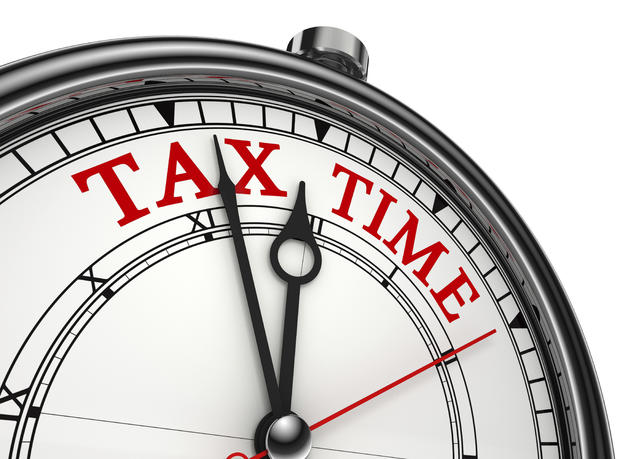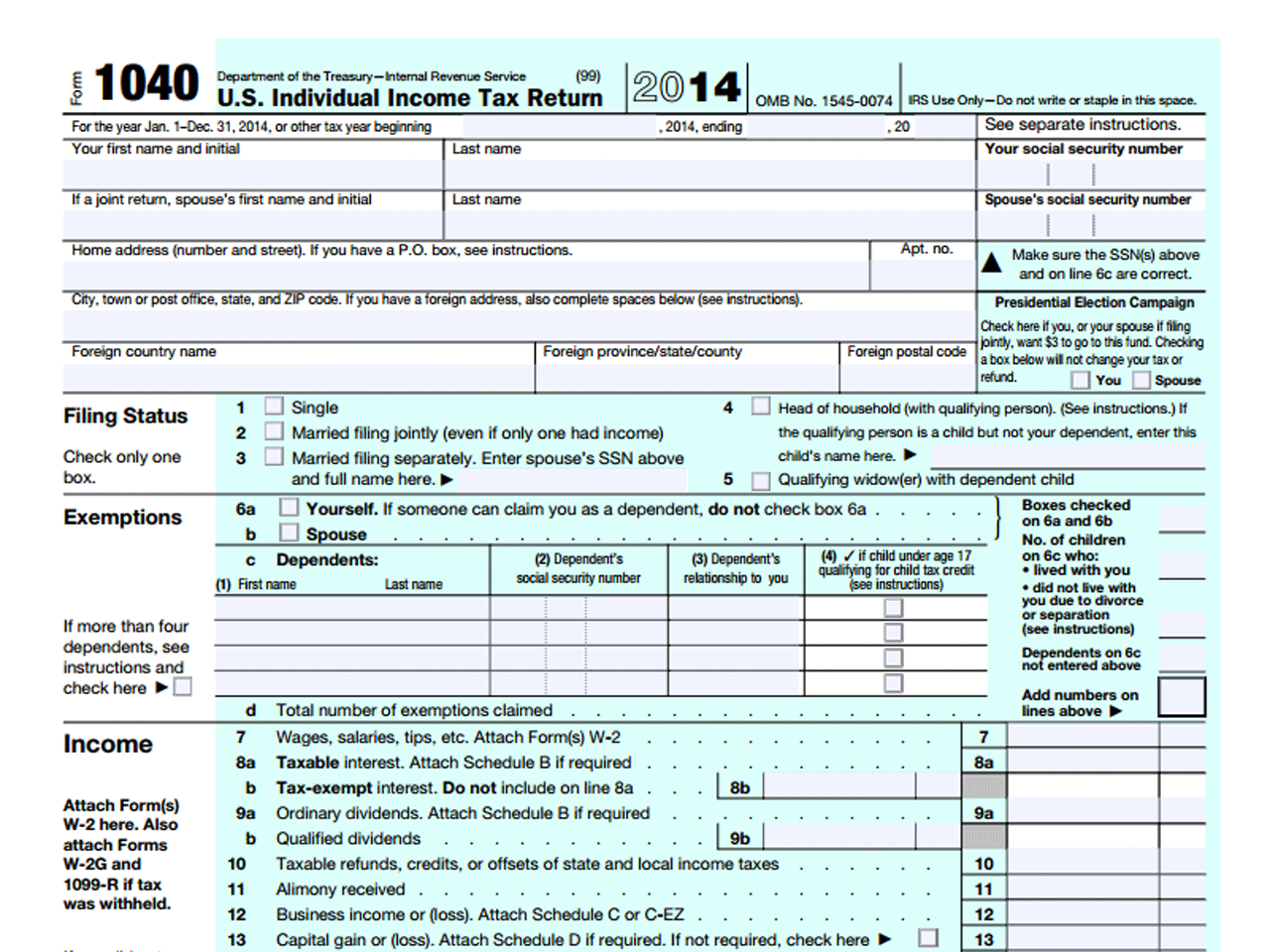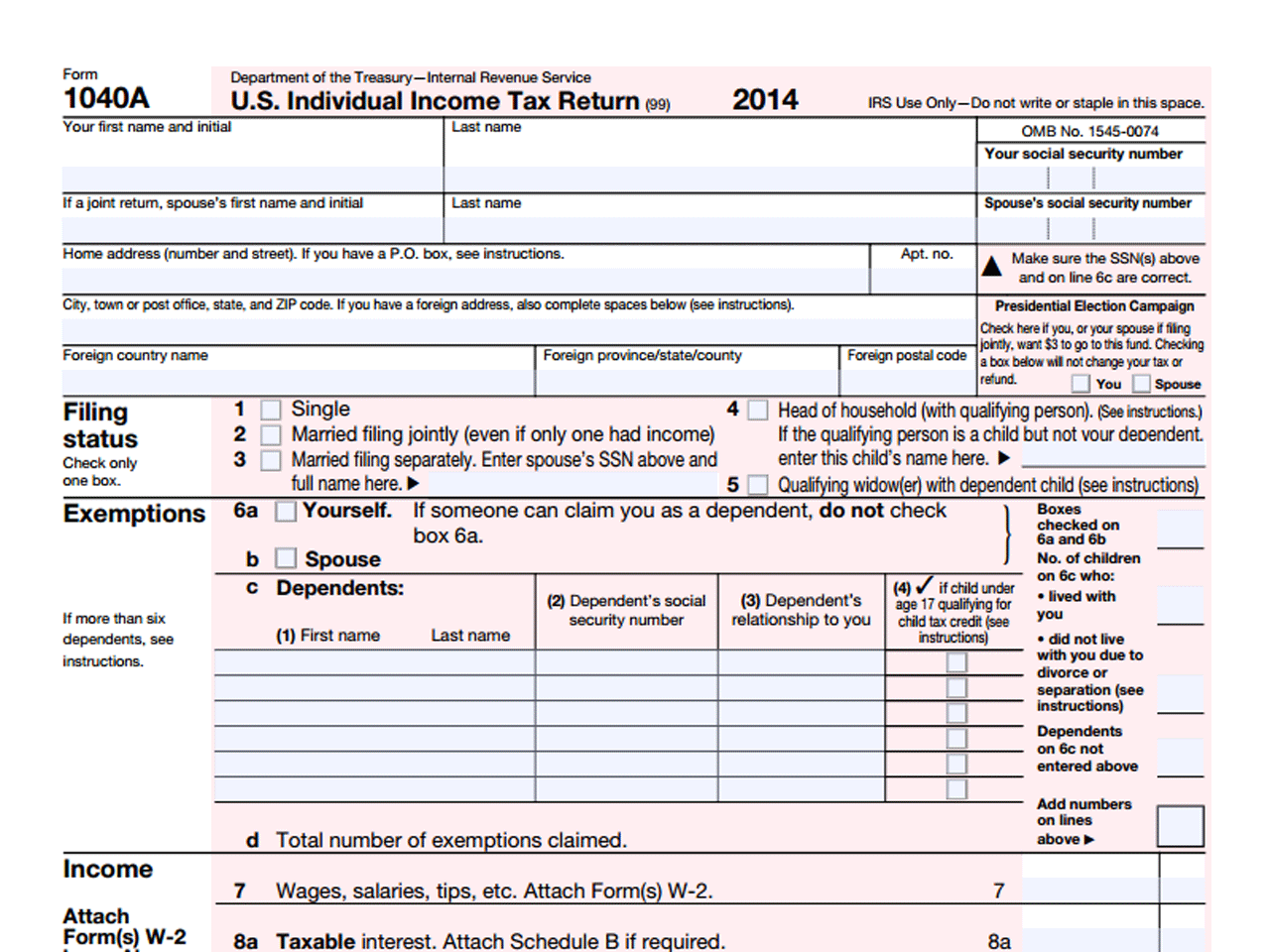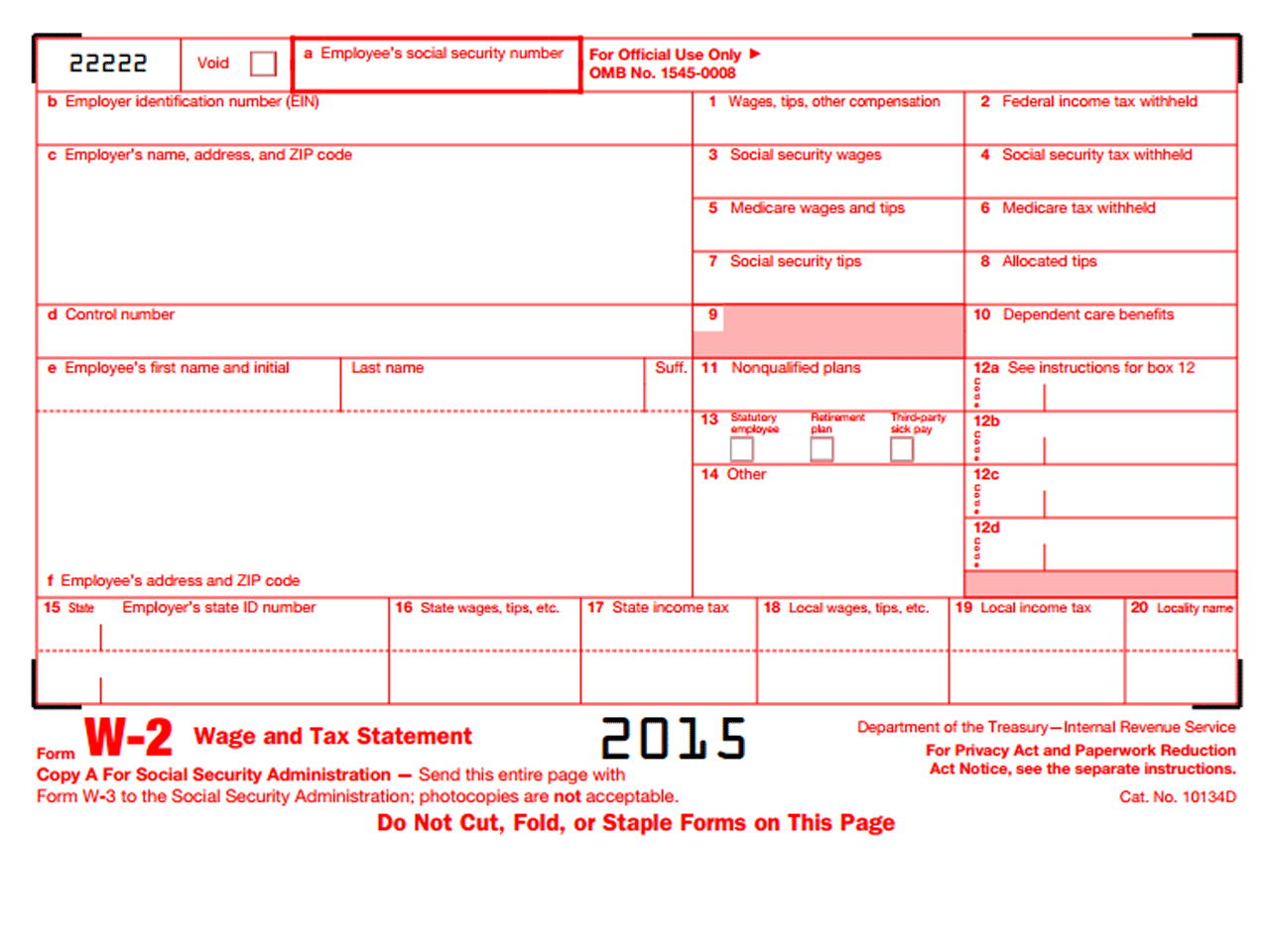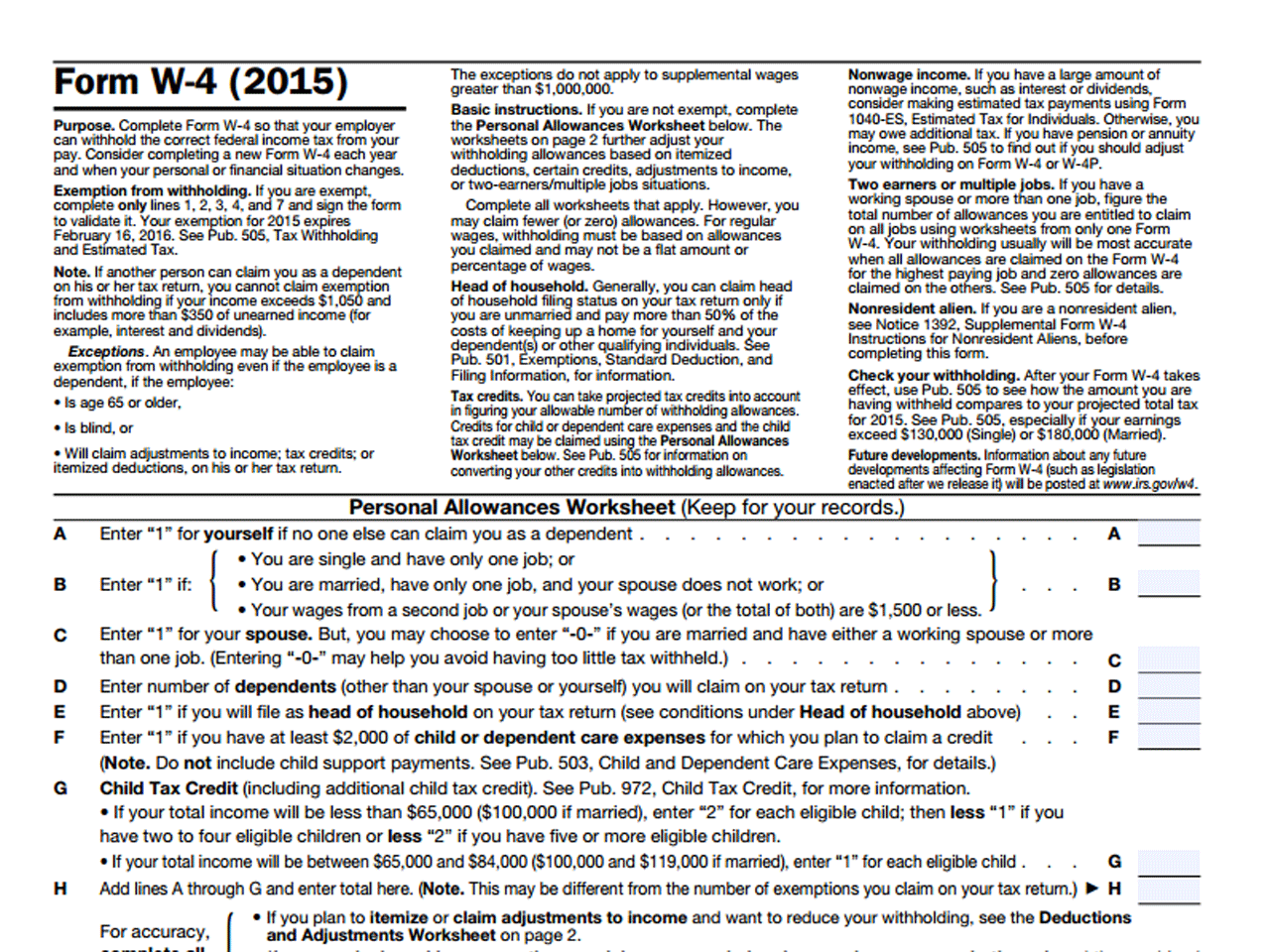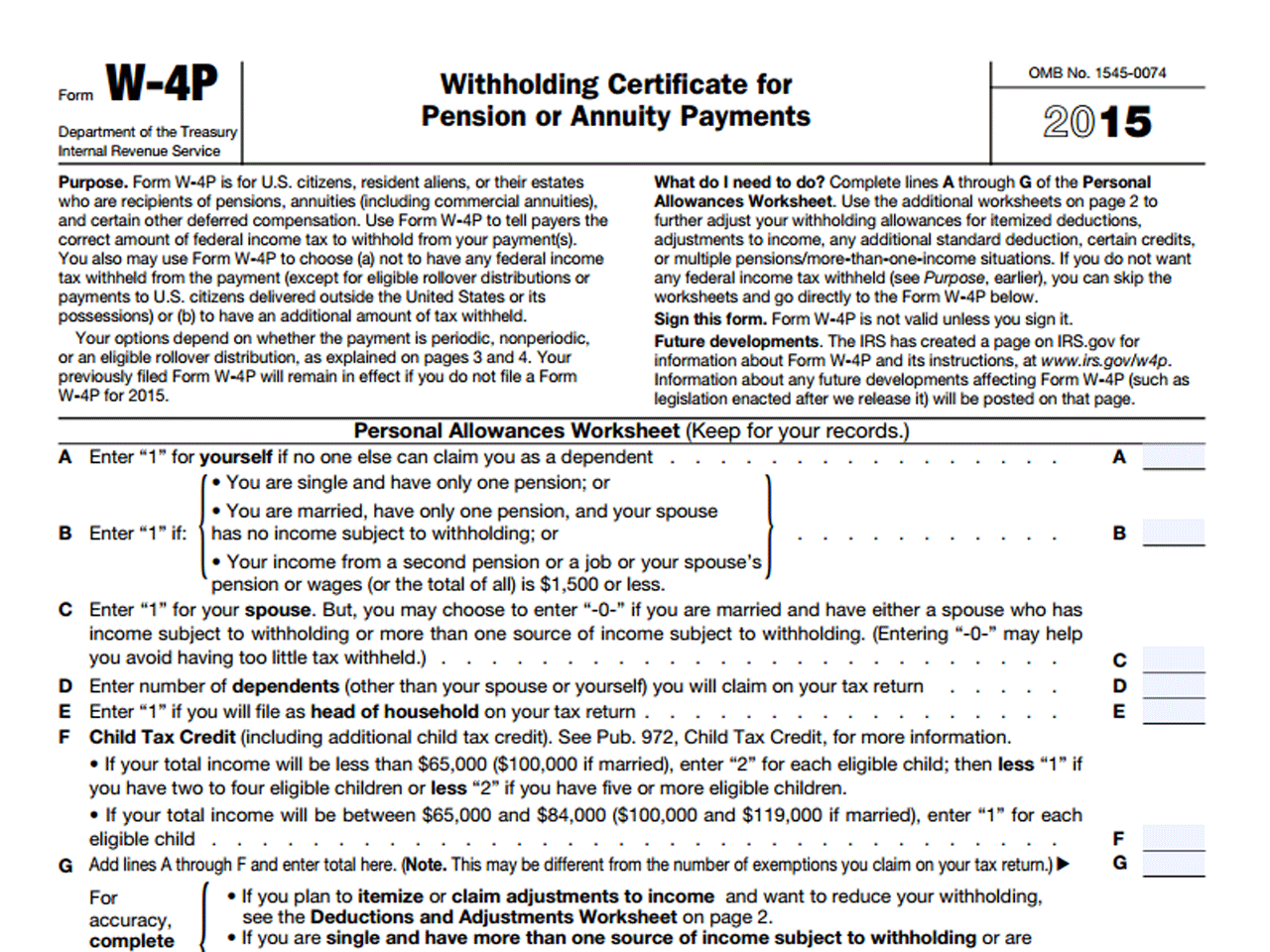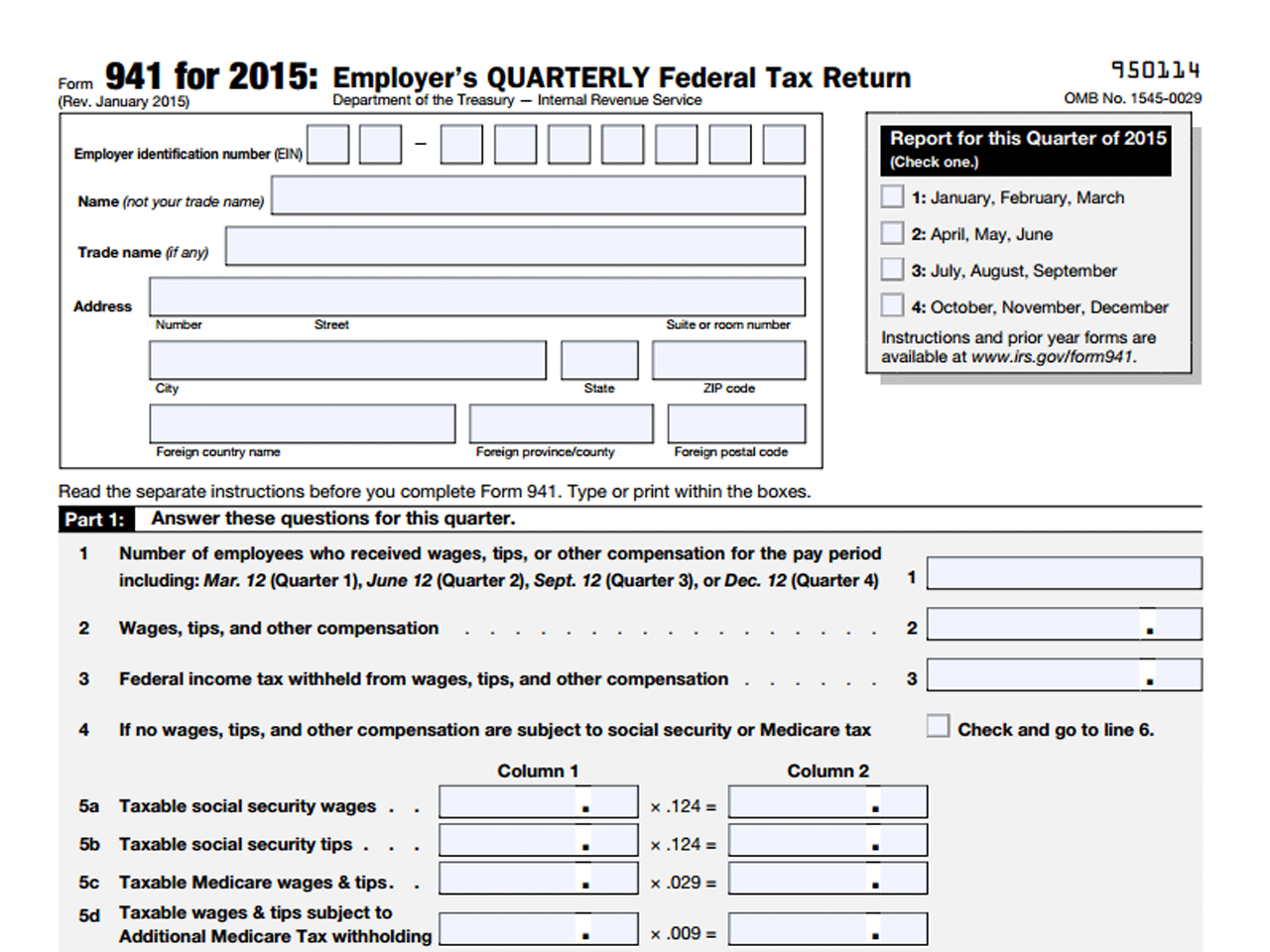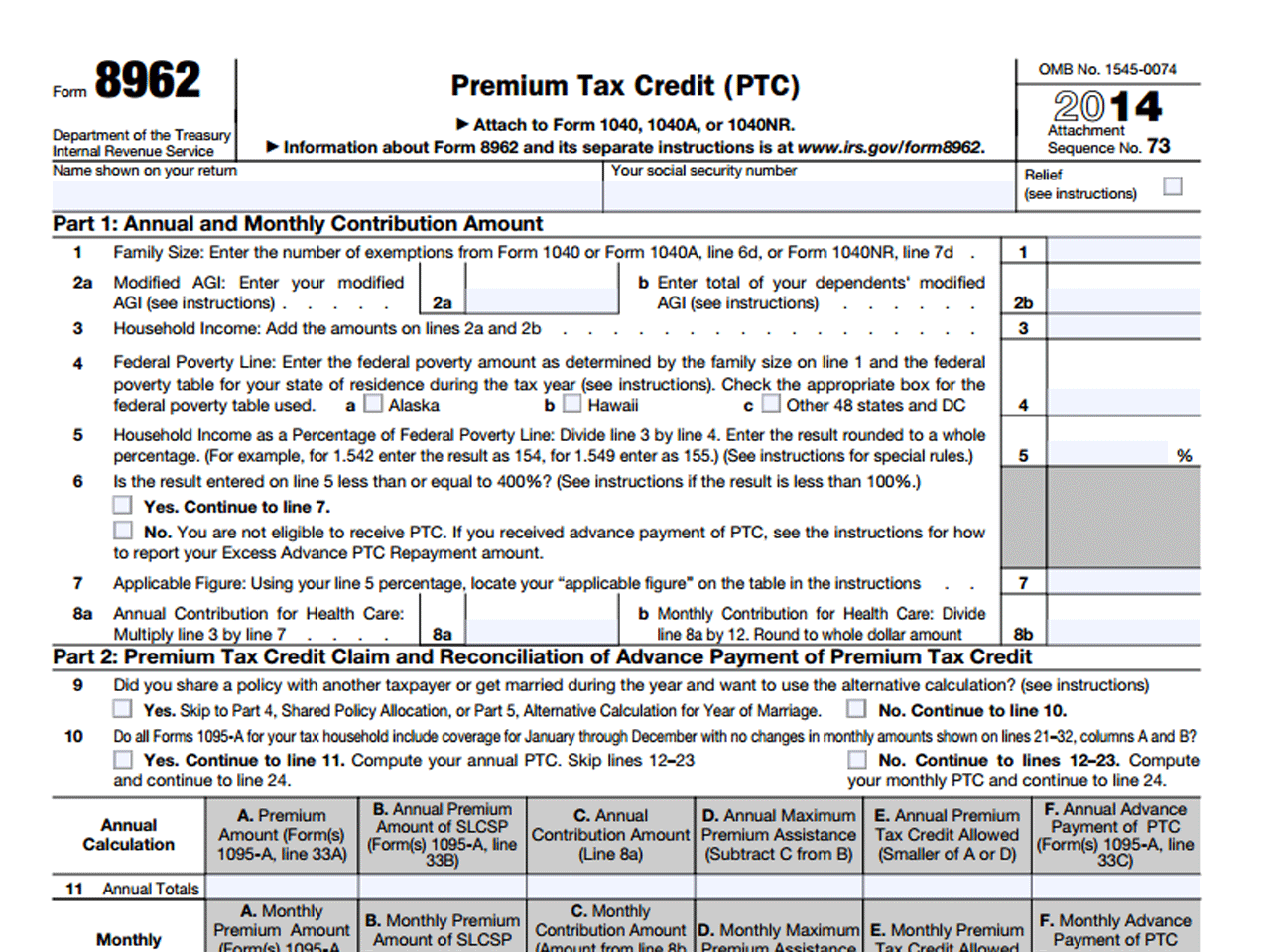Tax time! 10 most common IRS forms explained
By Daniel Cross/GOBankingRates
If you don't know the difference between a W-2 and a W-4 or a 1040 and a 1099, you're not alone. Everyone needs to understand how every IRS tax form is used and when to use them. There are many forms that can be used to file your taxes, and using the right one the first time can prevent you from making a potentially costly mistake. (There are circumstances, however, in which you can amend a past tax return in order to correct certain errors.)
While you might never need some of the more esoteric tax forms out there, there are some that you will likely see every year.
Here are the 10 most common forms you'll come across.
Form 1040
The U.S. Individual Income Tax Return is the bread and butter of tax forms -- the starting point for most taxpayers. It's also known as the "long form" 1040 because it's extremely comprehensive. If you make more than $100,000 annually, need to itemize your deductions, are reporting self-employment income or reporting income from sale of property, you'll most likely be using Form 1040.
Form 1040EZ
As the name suggests, the 1040EZ is a pretty basic individual filing tax form. Used mostly by single or married individuals with no dependents, the EZ version of the 1040 bypasses the complexity of the long-form version to whittle down schedules to the bare essentials. In other words, you can save yourself a lot of headaches with this form. Some of the conditions under which you should file a 1040EZ include:
- Your taxable income is below $100,000
- Your filing status is single or married filing jointly
- Your interest income is $1,500 or less
Form 1040A
This tax return is a compromise between the long form 1040 and the 1040EZ. Like Form 1040EZ, you can use Form 1040A if your taxable income is less than $100,000. It also allows you to claim more credits -- education credits, the child tax credit, retirement savings contributions and more -- but you cannot itemize deductions.
Form W-2
This is the form that anyone who works as a salaried employee should be familiar with. It's also known as the Wage and Tax Statement, and it's required by businesses who have paid out at least $600 for the year. Your W-2 form needs to be filed for every employee for whom income, Social Security or Medicare tax was withheld.
Form W-4
The Employee's Withholding Allowance Certificate is the form you file before starting employment so that your employer will know how much tax to withhold on your paycheck. Based on your input, you can end up overpaying or underpaying taxes for the year leading up to a payout or amount due when it's time to file. So, carefully read the directions before filling out this tax return.
Form W-4P
Pension or annuity recipients will need to use the Withholding Certificate for Pension or Annuity Payments in order to determine the correct amount of federal income tax that needs to be withheld. The rules regarding these types of distributions vary, so this form is essential in correctly calculating the right amount that needs to be paid each year.
Form 1099-MISC
Contract or freelance workers will probably be familiar with the 1099-MISC form. This tax form is used to calculate tax liability for self-employed persons or contract workers who have received at least $600 during the tax year. It might also be applicable if you made direct sales of $5,000 or more to a buyer for resale, or if you received at least $10 in royalties or broker payments instead of dividends or tax-exempt interest.
Form 1098
Homeowners who are still paying on their mortgage and are renting it out will need to familiarize themselves with the Mortgage Interest Statement. If you received at least $600 in mortgage interest during the year either as an individual or business, you'll need to file a 1098 form.
Form 941
Employers who withheld income taxes, Social Security tax or Medicare tax from their employees' paychecks need to file the Employer's Quarterly Federal Tax Return. This is used to properly assess the employers' tax portion of these paid expenses.
Form 8962
The Affordable Care Act has made it so health care coverage must be reported on tax returns. Some individuals might qualify for the premium tax credit, which helps pay for healthcare coverage offered through the Health Insurance Marketplace. Form 8962 is used to calculate the amount of credit you receive.
